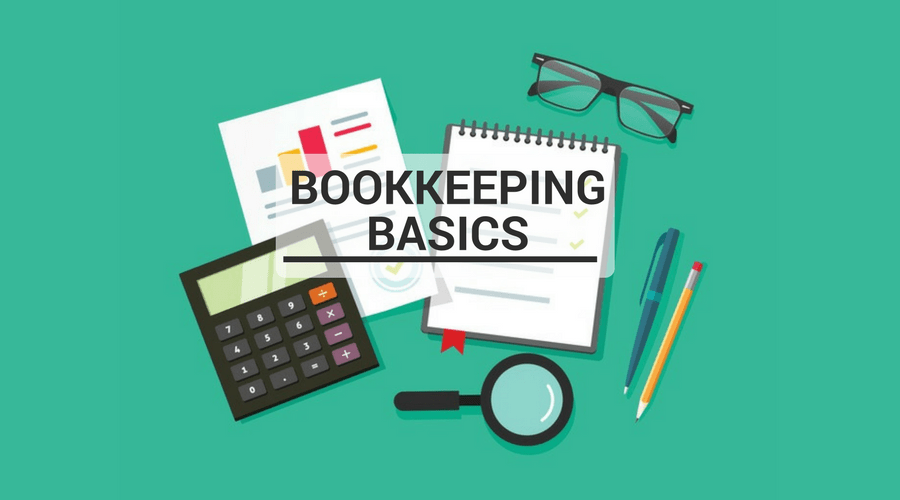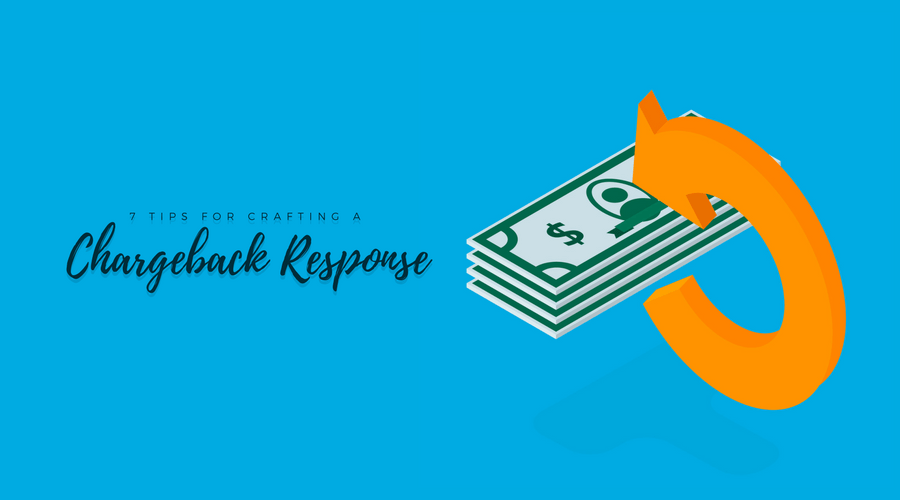Bookkeeping Basics

When you own a small business, it’s important to understand some bookkeeping basics to help you keep up-to-date and organized records. Your records can help you make well-informed decisions and develop strategies to grow your company.
Accounting systems
One of the first decisions you’ll need to make is choosing between a cash-based accounting system and an accrual system.
In a cash-based accounting system, you track and report income when you receive the cash and expenses when you pay them. A cash-based system is typically easier to maintain and can help you track how much money you have on hand.
Using an accrual-based system, you’ll count income and expenses when they happen, not when you actually receive or pay cash. For example, if you sent an invoice on August 1, you’ll record the income on August 1, even if the client doesn’t pay you until August 15. The accrual method is useful if you make sales on credit or if you keep inventory on hand.
Small businesses typically have the freedom to choose either system but stick to your choice. If you want to switch later, you’ll need to file IRS Form 3115: Application to Change in Accounting Method.
Accounts payable
Accounts payable tracks money your business owes to other companies and people. By keeping updated records, you’ll ensure that you pay everything on time.
Accounts receivable
Accounts receivable tracks money your customers owe you. If you decide to allow customers to purchase goods or services on credit, rather than collecting payment immediately, make sure to establish the terms of payment. It’s critical to keep your accounts receivable records updated so you send timely and accurate invoices. Read also: 13 Tips for Getting Paid on Time
Assets
Assets are the things your company owns that have a monetary value. Assets include cash, accounts receivable, inventory, land, buildings, and equipment.
Bookkeeping methods
You’ll need to decide between using single-entry bookkeeping and double-entry bookkeeping.
With single-entry bookkeeping, you record transactions in a notebook or journal as you pay bills and make deposits. This method only works for the smallest companies with a low number of sales and expenses.
Double-entry bookkeeping is more common. You’ll make at least two entries for every transaction – you’ll record a debit to one account and a credit to another account. When you run financial statements, your assets will equal your liabilities and your owners’ equity. Learn more about double-entry bookkeeping.
Cost of goods sold
Cost of goods sold (COGS) is money your business spends to buy or manufacture the products or services you sell.
Expenses
Your expense records track money your business spends to run the business. They include things like salaries, advertising, and office supplies.
Liabilities
Liabilities are what your company owes to other people or businesses. They include accounts payable, accrued wages, and long-term debt.
Payroll expenses
Payroll expenses are the biggest costs for many businesses. You’ll need to keep an accurate record to make sure you’re meeting your tax obligations and other government reporting obligations. Read also: Payroll Basics Every New Business Should Know
Purchases
Purchases are the raw materials or finished goods you bought for your products or services. Keeping track of your purchases is essential in determining your COGS.
Owners’ equity
Owners’ equity keeps track of how much money each owner has in the company.
Read also: What Should You Include on Your Chart of Accounts?
Retained earnings
Retained earnings are profits that have been reinvested in the company, instead of being paid to the owners.
Sales
Sales, or revenue, is the income your company makes from selling its goods or services.


